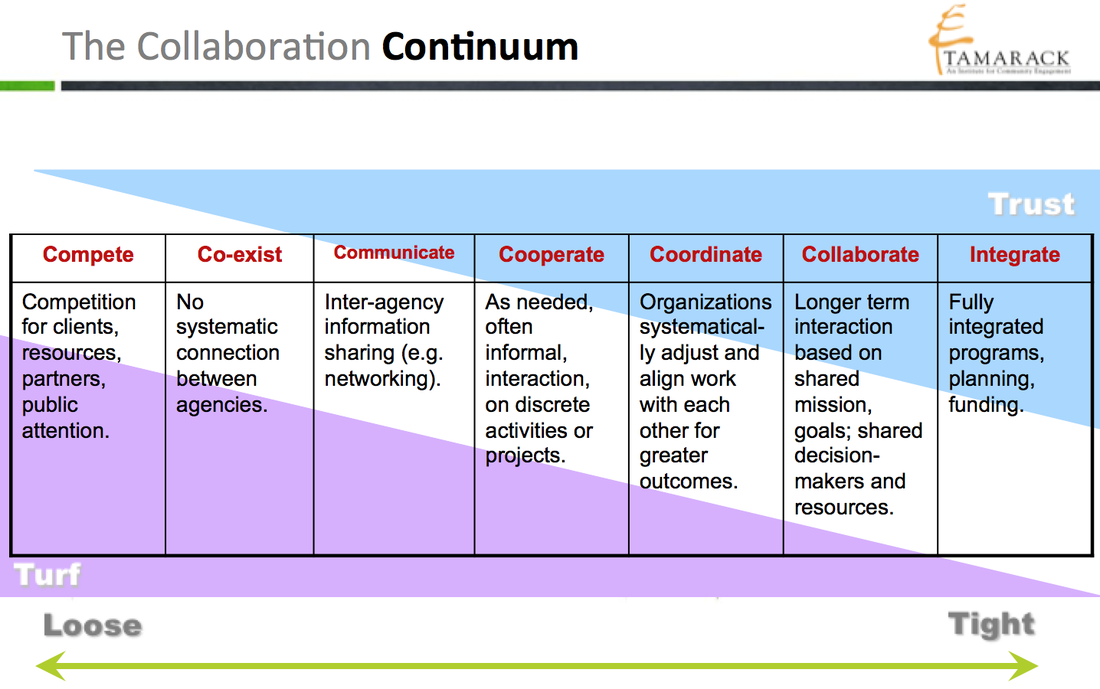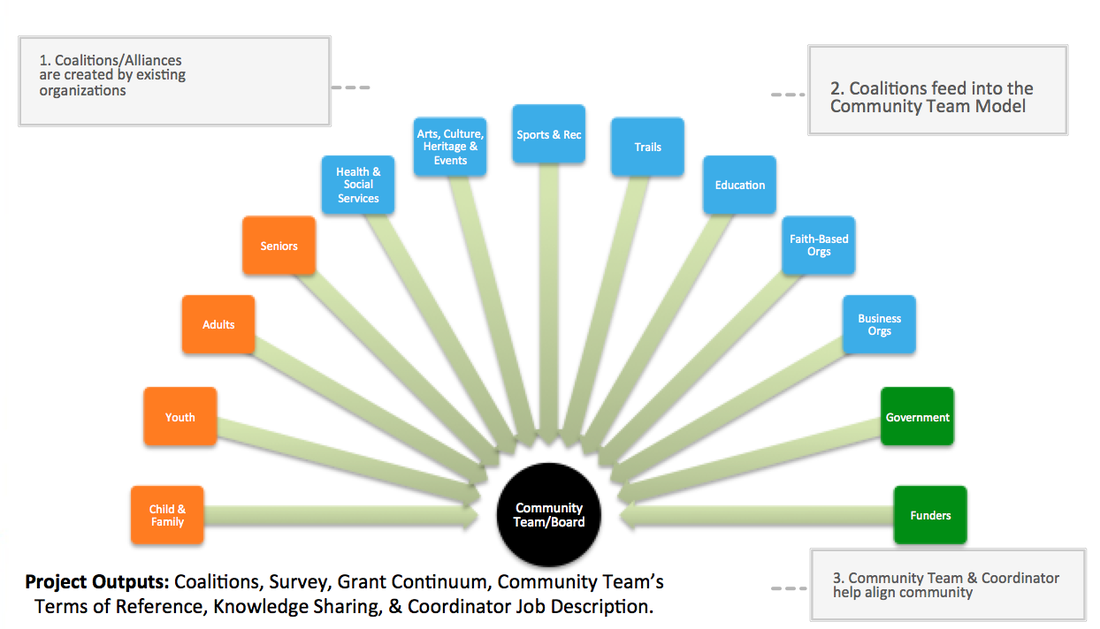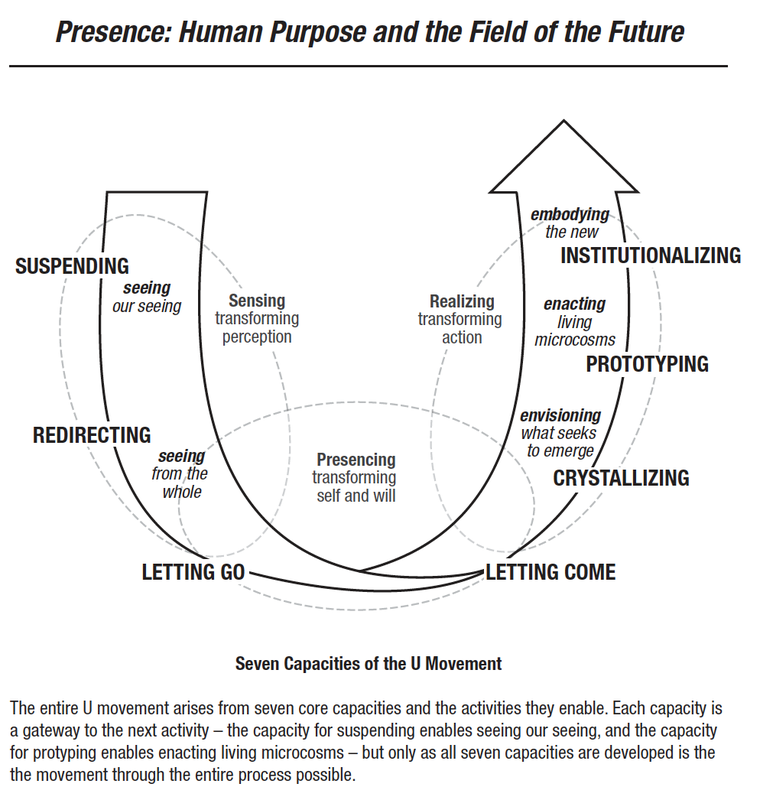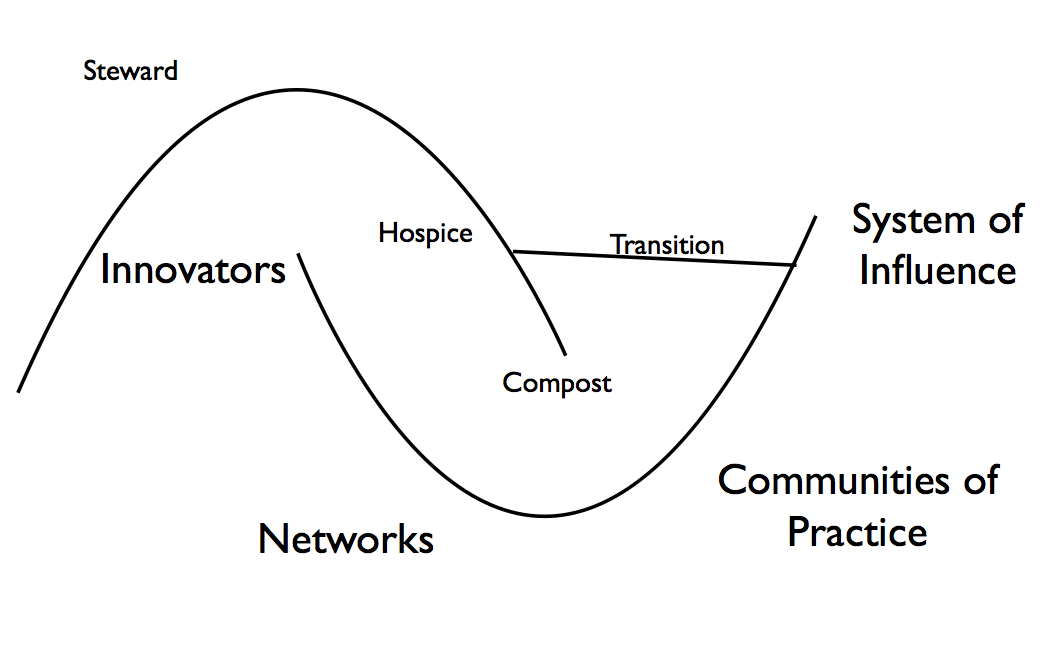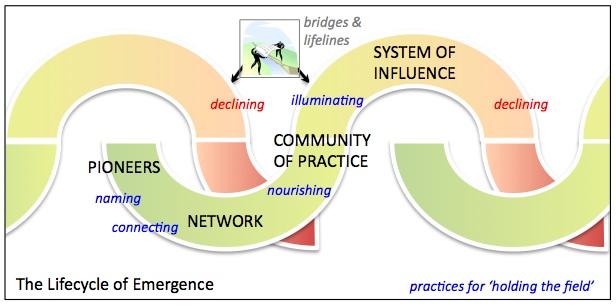Phase 3: Community Collaboration
Community
noun, com·mu·ni·ty often attributive \kə-ˈmyü-nə-tē\
: a group of people who live in the same area (such as a city, town, or neighborhood)
: a group of people who have the same interests
Collaborate
verb col·lab·o·rate \kə-ˈla-bə-ˌrāt\
to work with another person or group in order to achieve or do something
Collaboration
to cooperate with an agency or instrumentality with which one is not immediately connected
Synonyms
band (together), cooperate, concert, concur, conjoin, conspire, join, league, team (up), unite
- Merriam-Webster
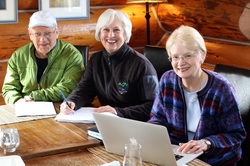
We live together. We work together. We learn together. We are better together. And when we are collaborating, we are at our best.
"Phase 3: Community Collaboration" will build on the prior project phases of Exploration and Coordination.
Community Collaboration is facilitating community dialogue, sharing skills and knowledge and collaborating toward common goals. It is also, through the creation of a Community Team, improving local communication, decision-making and resource allocation.
This project includes the following initiatives, working with 1) the Community, 2) Community Organizations, and 3) Community Leaders:
This most recent phase of the Community Coordination project, stands on the shoulders of work since 2011. During that period, hundreds of people have participated in related phases (Phase 1 and 2), and supporting project (Age Friendly Community Planning). Participation ranges from being aware of the project (hundreds), from attending a public meeting, to making a presentation on an event or organization (100) and even taking a university course (22 at SFU CED course) or leading a sub-sector group (20 from Health & Social Services, Trails, etc.).
Also, this project is the only chance for some staff and volunteers to raise above the daily work of their organization to communicate with other groups and share challenges and opportunities. This opportunity has been desired and this project has provided the only capacity to achieve it.
Grant applications have finally been approved and these projects are ongoing. Please contact Ryan Watmough at [email protected] or 250-344-8610 for more information.
"Phase 3: Community Collaboration" will build on the prior project phases of Exploration and Coordination.
Community Collaboration is facilitating community dialogue, sharing skills and knowledge and collaborating toward common goals. It is also, through the creation of a Community Team, improving local communication, decision-making and resource allocation.
This project includes the following initiatives, working with 1) the Community, 2) Community Organizations, and 3) Community Leaders:
- Community: Organizing the first Local Intelligence Gathering – Golden
- Community Organizations: Community Coordination meetings with local organizations as we build toward a Community Team.
- Community Leaders: Host 3 Simon Fraser University (SFU) Community Economic Development (CED) courses.
This most recent phase of the Community Coordination project, stands on the shoulders of work since 2011. During that period, hundreds of people have participated in related phases (Phase 1 and 2), and supporting project (Age Friendly Community Planning). Participation ranges from being aware of the project (hundreds), from attending a public meeting, to making a presentation on an event or organization (100) and even taking a university course (22 at SFU CED course) or leading a sub-sector group (20 from Health & Social Services, Trails, etc.).
Also, this project is the only chance for some staff and volunteers to raise above the daily work of their organization to communicate with other groups and share challenges and opportunities. This opportunity has been desired and this project has provided the only capacity to achieve it.
Grant applications have finally been approved and these projects are ongoing. Please contact Ryan Watmough at [email protected] or 250-344-8610 for more information.
|
The Collaboration Continuum, developed by the Tamarack Institute, shows how trust and turf are inversely proportional as groups move toward collaboration and integration. Golden's non profit groups and leaders have developed trust since 2011 and moved from co-existence to coordination. The next step is collaboration.
|
|
Fundamental Models for Community Team Development
|
Lifecycle of Emergence
The Lifecycle of Emergence diagram above is comprised of two curves, one declining (left) and the other emerging (right). The Community Collaboration project helps those individuals and groups in declining systems to 'transition' themselves and their community knowledge into a new, emergent system. In this model, every one is important and has a role to play through their network, which may change over time. This model was built by Meg Wheatley and Debbie Frieze (Berkana.org, 2006), cited by Dave Pollard (HowToSaveTheWorld.ca, 2010).
|
Building Community Capacity
Community capacity building is "the processes and activities that maximize individual and community potential. A comprehensive, integrated approach to capacity building nurtures excellence and expansion in all areas of human and community development: physical, psychological, social, cultural, environmental and economic. In this way, capacity building efforts reflect the complexity of people, and the communities in which we live our lives." (BC Healthy Communities Blog, March 2015)
In order to responsibly build capacity, we need to know which areas to focus on. Which of the physical, psychological, social, cultural, environmental and economic areas should the Golden & Area A community excel in and expand in? And when? That is an excellent task for a Community Team.
In order to responsibly build capacity, we need to know which areas to focus on. Which of the physical, psychological, social, cultural, environmental and economic areas should the Golden & Area A community excel in and expand in? And when? That is an excellent task for a Community Team.
